Pretty new to cocoa development and really stuck with probably a fundamental problem.
So in short, my app UI looks like a simple window with a nsslider at the bottom. What I need is to generate N images and place them, onto N nsviews in my app window.
What it does so far:
- I'm clicking on the slider (holding it) and dragging it. While I'm dragging it nothing happens to my views (pictures are not generated). When I release the slider the pictures got generated and my view get filled with them.
What I want: - I need the views to be filled with pictures as I'm moving the slider.
I figured out the little check box on the NSSlider properties, which is continuous, and I'm using it, but my image generator still doesn't do anything until I release the slider.
Here is my code:
// slider move action
- (IBAction)sliderMove:(id)sender
{
[self generateProcess:[_slider floatValue];
}
// generation process
- (void) generateProcess:(Float64) startPoint
{
// create an array of times for frames to display
NSMutableArray *stops = [[NSMutableArray alloc] init];
for (int j = 0; j < _numOfFramesToDisplay; j++)
{
CMTime time = CMTimeMakeWithSeconds(startPoint, 60000);
[stops addObject:[NSValue valueWithCMTime:time]];
_currentPosition = initialTime; // set the current position to the last frame displayed
startPoint+=0.04; // the step between frames is 0.04sec
}
__block CMTime lastTime = CMTimeMake(-1, 1);
__block int count = 0;
[_imageGenerator generateCGImagesAsynchronouslyForTimes:stops
completionHandler:^(CMTime requestedTime, CGImageRef image, CMTime actualTime,AVAssetImageGeneratorResult result, NSError *error)
{
if (result == AVAssetImageGeneratorSucceeded)
{
if (CMTimeCompare(actualTime, lastTime) != 0)
{
NSLog(@"new frame found");
lastTime = actualTime;
}
else
{
NSLog(@"skipping");
return;
}
// place the image onto the view
NSRect rect = CGRectMake((count+0.5) * 110, 500, 100, 100);
NSImageView *iView = [[NSImageView alloc] initWithFrame:rect];
[iView setImageScaling:NSScaleToFit];
NSImage *myImage = [[NSImage alloc] initWithCGImage:image size:(NSSize){50.0,50.0}];
[iView setImage:myImage];
[self.windowForSheet.contentView addSubview: iView];
[_viewsToRemove addObject:iView];
}
if (result == AVAssetImageGeneratorFailed)
{
NSLog(@"Failed with error: %@", [error localizedDescription]);
}
if (result == AVAssetImageGeneratorCancelled)
{
NSLog(@"Canceled");
}
count++;
}];
}
}
If you have any thoughts or ideas, please share with me, I will really appreciate it!
Thank you


